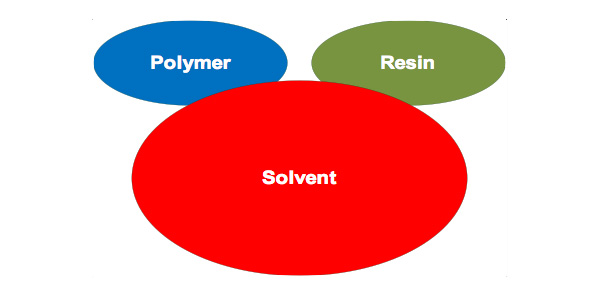Everad began formulating and manufacturing solvent-based adhesives almost fifty years ago.
The first products made were mainly based on polychloroprene rubber (Neoprene). Other elastomers – such as SBR and SBS rubber and polyurethanes, etc. – were also common. All of these rubbers were dissolved in appropriate solvents with other ingredients such as resins, to improve their properties.
Polychloroprene adhesives are generally called contact adhesives as they have the property of sticking as soon as pressure is applied. It is therefore essential to apply the adhesive to both surfaces to obtain the best bonding results. The versatility, cohesion and fine atomisation of these adhesives soon made them a popular choice. They are mainly used for bonds that are immediately subjected to pressure or requiring high final stability. Their resistance to ageing, humidity and heat is excellent. These adhesives are available in flammable and non-flammable solvent versions.
The high adhesion properties of SB thermoplastic rubber-based adhesives mean that they often only have to be applied to one of the two substrates to be bonded (single spread). They generally have a high solid content that reduces the amount of adhesive required per unit of bonded surface area and the quantity of solvent emissions. Available in flammable and non-flammable solvent versions, they are suitable to essentially all bonds not subjected to very high pressure, such as the joints encountered in bedding and sofas.
These adhesives appeared in the early 1980s and revolutionised the mattress and sofa industry with their ease of use, remarkable performance and low odour.
PUR adhesives are polyurethane adhesives that are not sensitive to plasticiser migration, and can therefore bond plastic materials such as soft PVC, TEP, etc. Available for hot or cold bonding, they are used with or without hardener, depending on the target properties.






